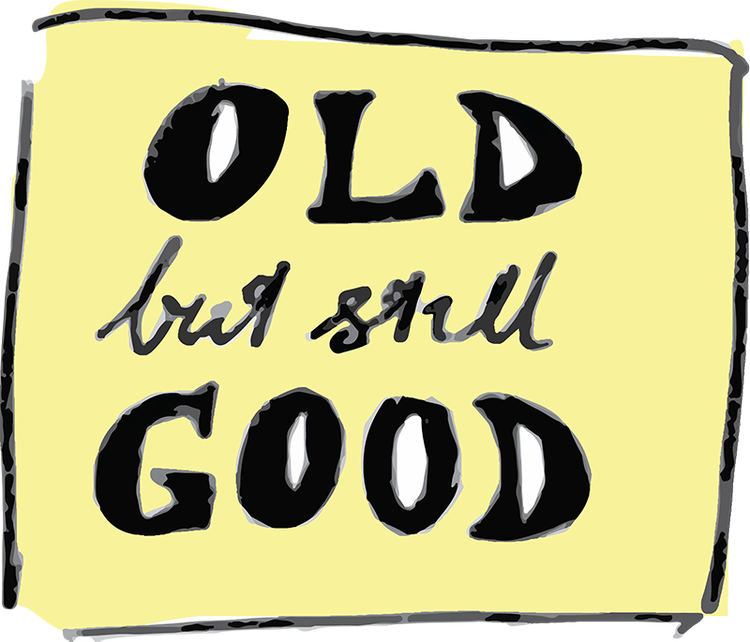The second week was just spent mucking around really. Throughout the week we went back and forth from studio to the workshop getting to know new programs on the computer then making them to talk to different machines. Two of these days we were told more or less to simply make stuff and get accustomed with using some tools. Initially we were instructed to make some benches and things for the 'Sauna' workshop but this just turned into everyone just making stools and some other personal bits and pieces - I made a couple of bed side tables. Plus all the timber in the workshop is free to use over here in Norway. They seem to have plenty around.
Leading up to the course we had to school ourselves on Rhino and a couple of plugins called Grasshopper and Rhinocam, all of which I had zero experience with. There is only so much that stays imprinted in your brain from following tutorials so it was good to see Pasi walking us through some basic Grasshopper during the week. Again I don't know too much about these but Rhino is seemingly just another modelling program which operates a little differently and Grasshopper is an 'algorithmic modelling plug-in'. So to me this seems like writing code in a sense from which you can build and process models. You do this however not with script but using little icons which each have different parameters for storing and process data and get connected sequentially. You'l most probably have to watch a video to gauged this properly, however, although it may mean nothing to you, here is a little screen shot of me working with Rhino and Grasshopper working side by side.
As the course goes on I should be able to explain this a little better. We had a look at how these programs talked to the laser cutter and the CNC router.
Here are another couple of photo of Pasi, after running us through these fairly complex modelling programs, cutting up some logs with a saw mill they had just put together. Pretty good range I thought.
The final day of the week we worked with another plugin for Rhino called Rhinocam which coordinates the operation of a CNC while milling a project. So say you have a bunch of lines drawn in Rhino you can input information onto these lines to coordinate the CNC to cut these at different speeds, depths and with different router or drill bits. So this is what we did with Steinar, another tutor on the course, initially working in groups trying to design a little flat pack stool in 2D.
The two Swede girls came up with a little stool design and Steiner walked us through Rhinocam giving each line some direction for the CNC. Things we had to consider included the fact the router is unable to completely cut out square corners so had to input another little drilled hole in each corner to get the timber out. We watched the CNC working cutting a sheet up and we then pieced it together. It was interesting seeing a certain reflection on their design, after a bit of struggle to get it together, which could have used a little more thought on process of assembly as we relied on a little flex in the material to make it fit. Additionally to this, that it could have used a little adjustment with how the corners on the stool ended up and some other little aesthetic things. To me it seemed that working through this process, actually doing it and seeing it finished is what allowed such reflection.
